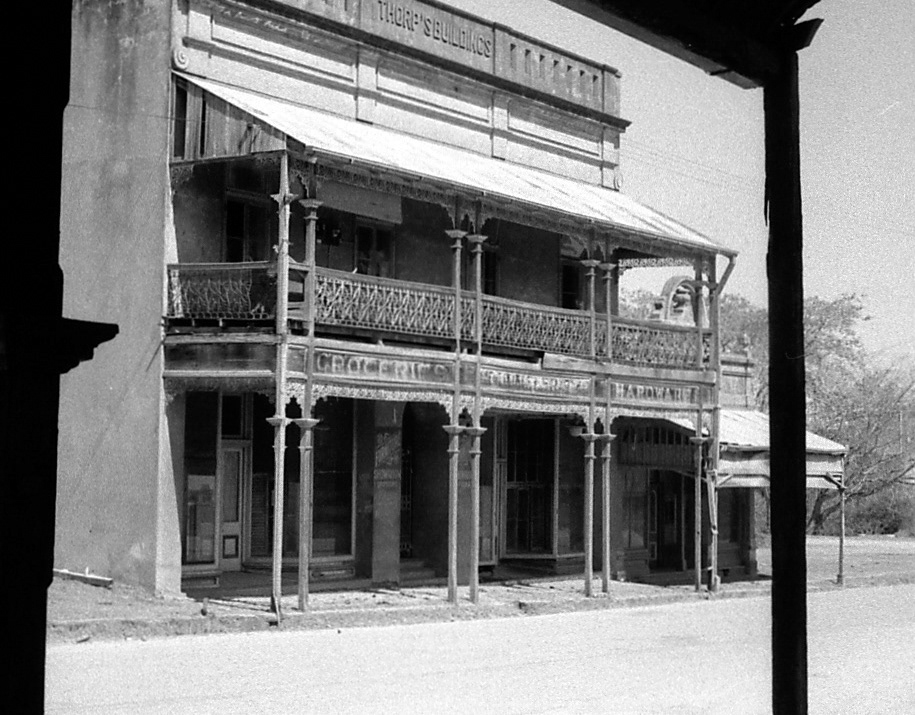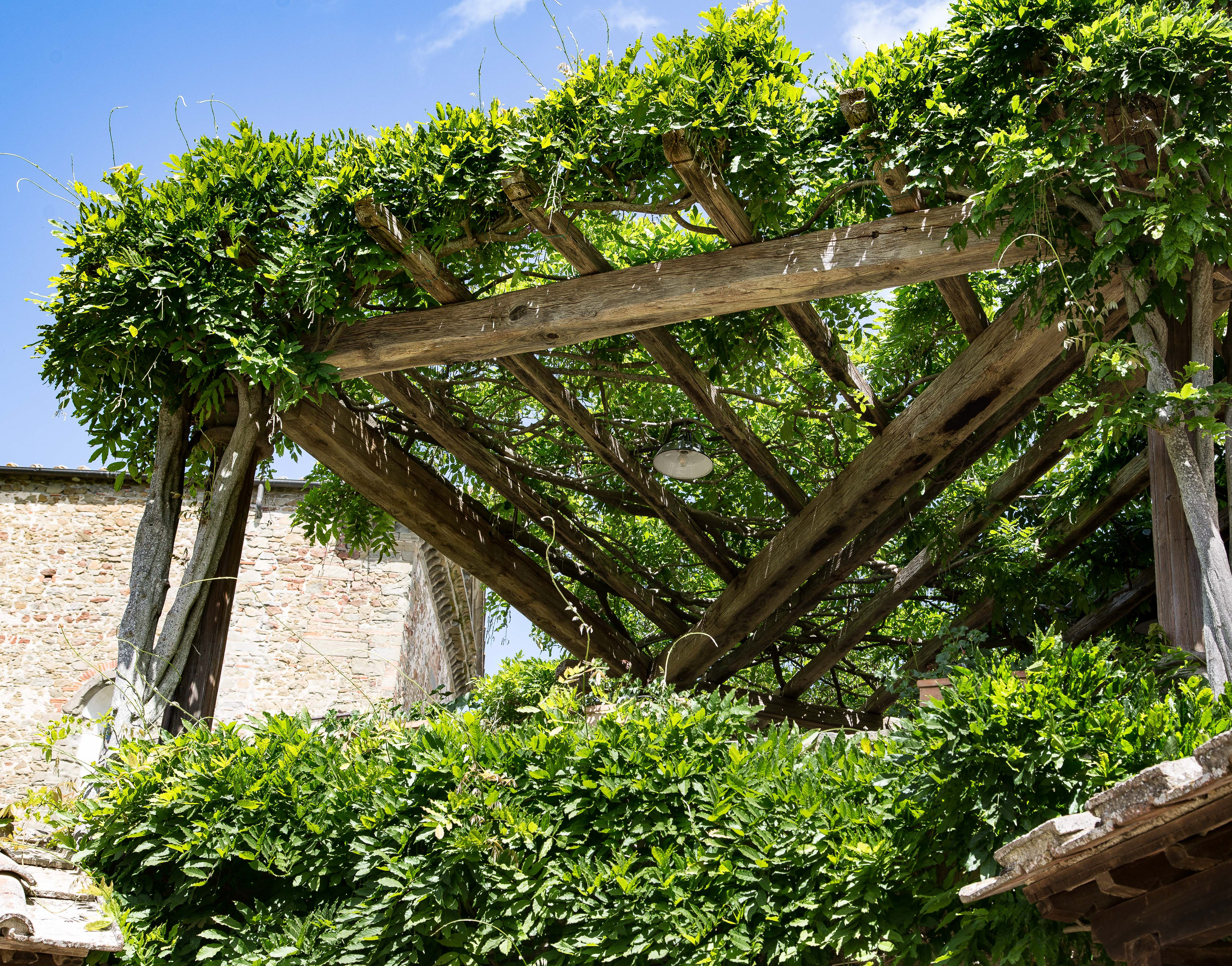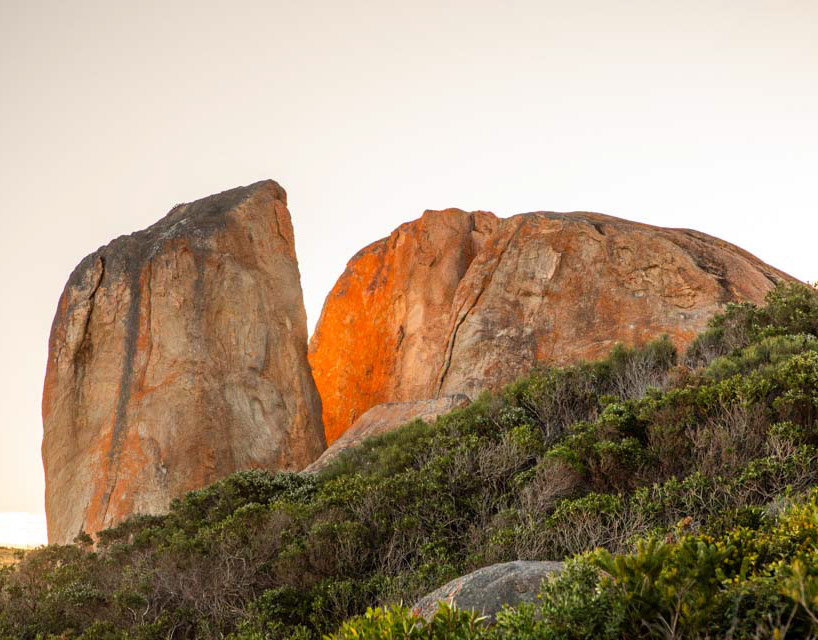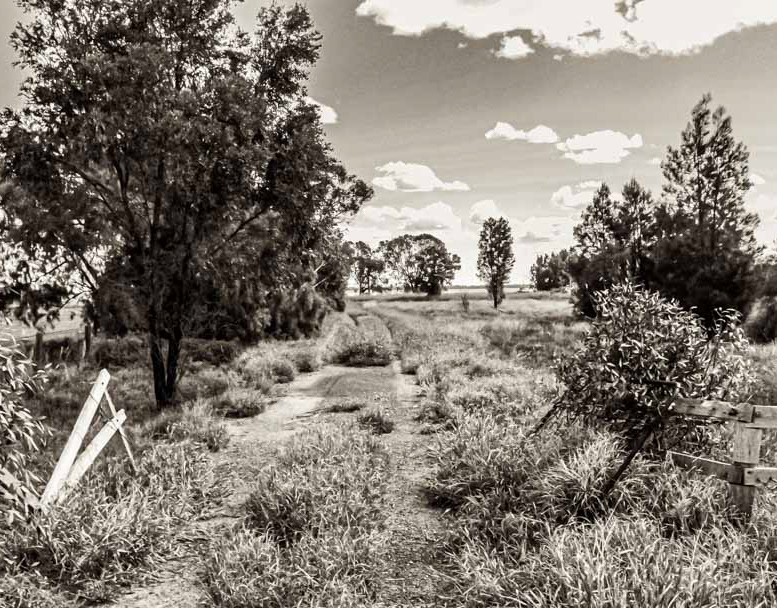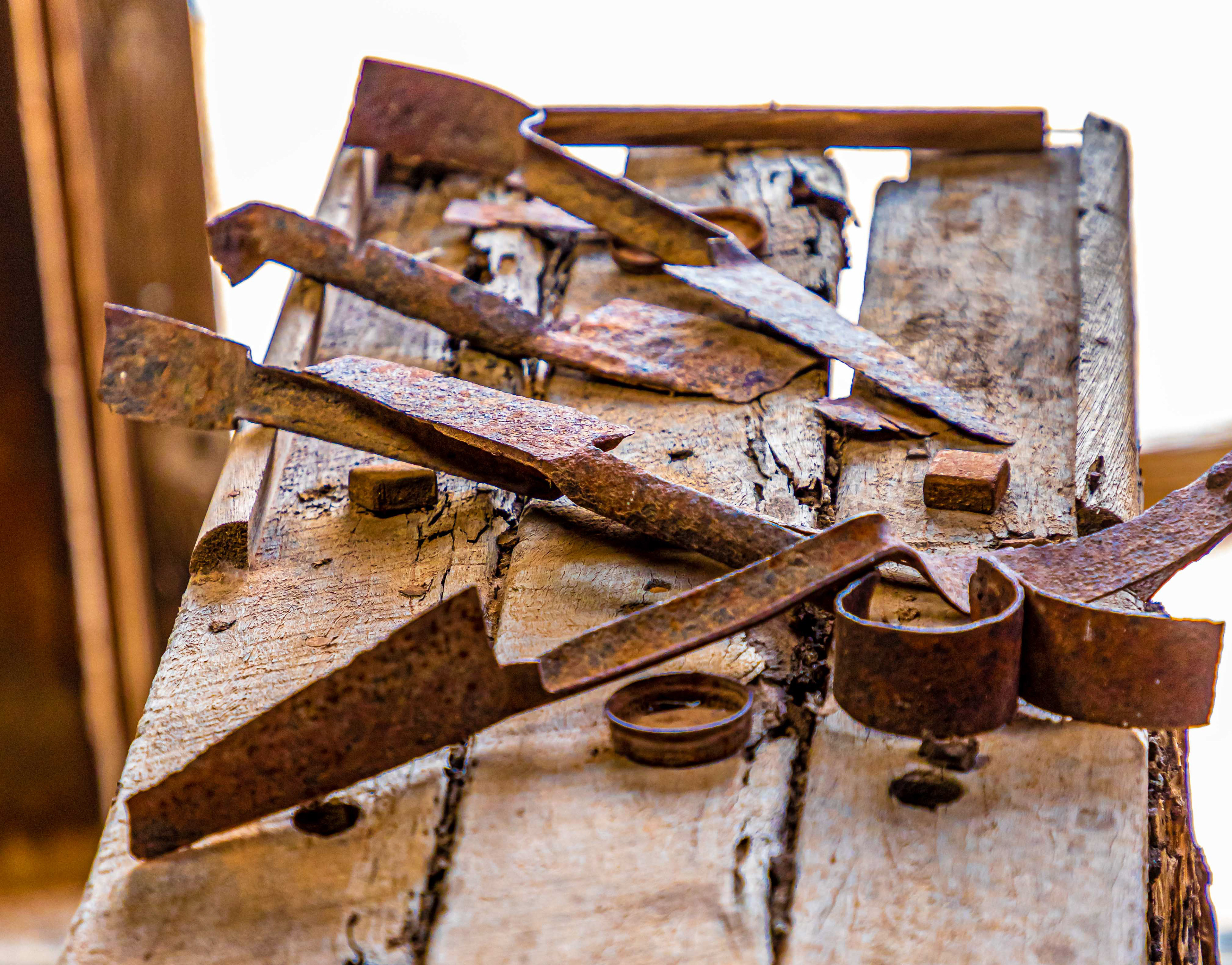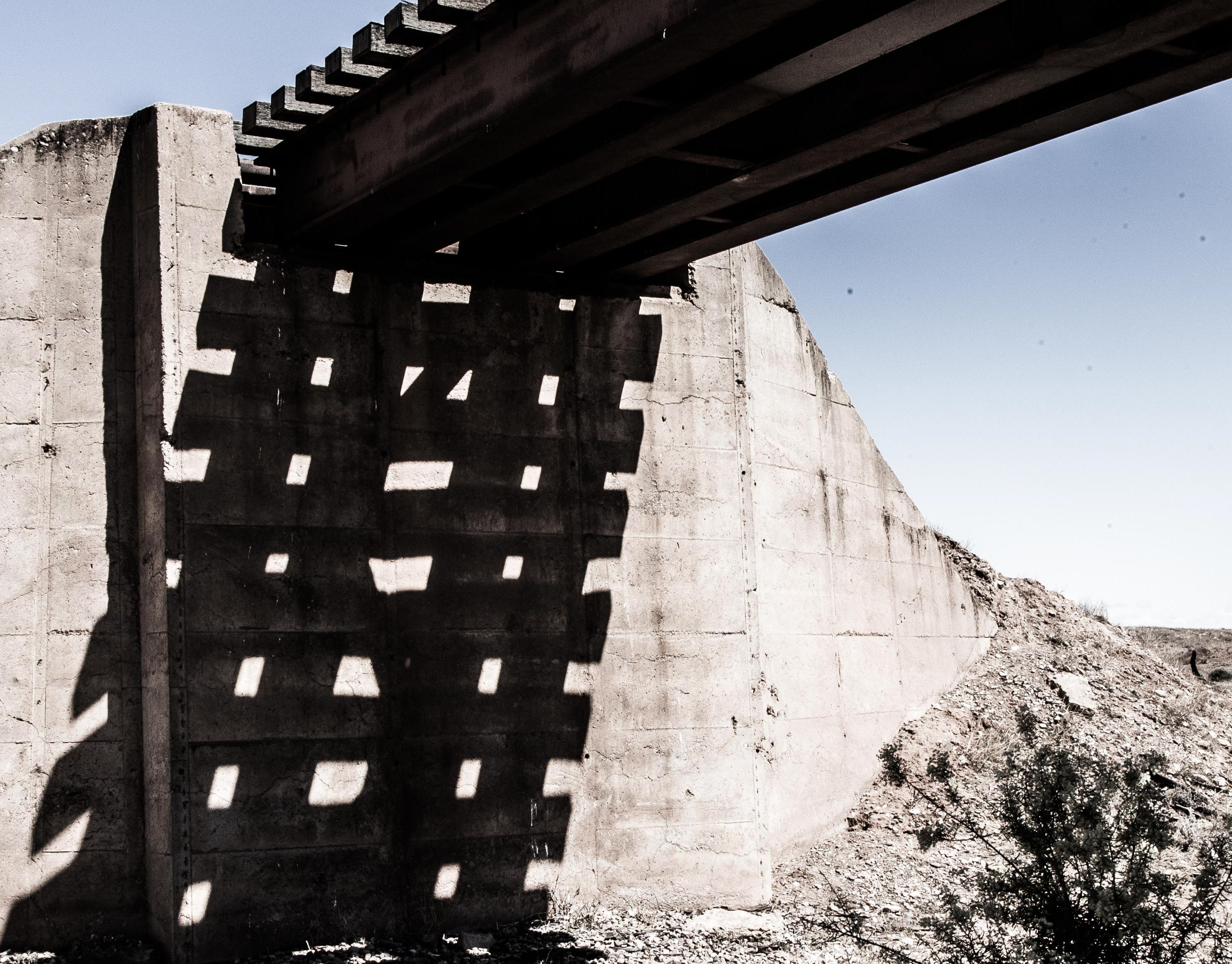The Ghan
Construction of what was then known as the Port Augusta to Government Gums Railway (later the Great Northern Railway) began in 1878 reaching Oodnadatta in 1891. The final link to Alice Springs was not completed until 1929, so in the meantime camels transported travellers and freight the final 600 km, taking 3-4 weeks (https://en.wikipedia.org/wiki/The_Ghan). (https://www.nt.gov.au/__data/assets/pdf_file/0010/241867/occpaper11.pdf). From 1860 through to the 1930s camels were the mainstay of outback transport, replacing horses and wagons which were less suited to the harsh desert conditions and the common shortages of water and feed. It is estimated that around 20000 camels, along with their cameleers arrived in Australia from Afghanistan and Pakistan. While the cameleers were an important cog in Australia’s development they were often poorly treated by the main stream white population. This got even worse when they became subject to the 1901 Immigration Restriction Act under which many discovered that they were barred re-entry into the country after going home for holidays or were required to pass an English dictation test before re-entry (http://www.australiangeographic.com.au/topics/history-culture/2011/07/australias-afghan-cameleers/). Improved rail and road transport were the death knell of camel transport but rather than shoot their animals, the cameleers opted to let them run free. It is the descendants of these animals that you see roaming the outback today. A lasting legacy of the contribution of these people to the development of outback Australia is reflected in the name of the train that now travels from Adelaide to Darwin. This standard gauge line opened in 2004, 126 years after such a line was first mooted. While there seems to be some question around the origins of the name ‘Ghan’ and whether it related to the Afghani cameleers or to a Commissioner of Railways, George Gahan (http://www.australiaforeveryone.com.au/original-ghan.html), the name is synonymous with outback adventure. Today, the 2987 km journey from Adelaide to Darwin takes 3 days. Departing Adelaide, the train heads north through some of the iconic wine producing areas of the country before heading into the desert and eventually the tropical savannah country of northern Australia. In air-conditioned luxury with great food and service, it is a far cry from the days of our forebears or for that matter in 1980 when I undertook this trip for the first time. This was the year when the old Ghan narrow gauge line closed and was replaced by the new standard gauge line to Alice Springs (and later to Darwin), albeit on country less prone to flooding about 160km west of the original. These images aren’t about the new line, although in 1982 my new wife and I loaded our car onto the modern Ghan in Adelaide for the overnight trip to The Alice, before driving the 1200 km back to our home in Katherine. These images were taken in 1980, on one of the last runs made by the old Ghan from Alice Springs to Adelaide. From memory (and it is a while ago) it took about 3 days, although if you care to further explore the history of the line you will see that it could take weeks with floods regularly washing away bridges and track. According to legend, it was not unheard of in these circumstances, for the train crew to have to hunt for food to feed the passengers (http://www.australiaforeveryone.com.au/nt/search-old-ghan.htm). While ‘luxurious’ was probably not a description generally used in association with the 1980 version of the Ghan, it still retained vestiges of its former glory, with white table cloths and silver service in the dining car, wood lined sleeper cars with ornate fittings and wood panels in the lounge car depicting German castles. This was the final chapter in an historic train’s journey and something not to be missed. For those that didn’t get this opportunity, not all is lost with the Old Ghan Heritage Railway and Museum complex south of Alice Springs (http://northernterritory.com/alice-springs-and-surrounds/things-to-do/old-ghan-heritage-railway-and-museum) continuing to provide insight into the Ghan’s glory days.
You may also like
